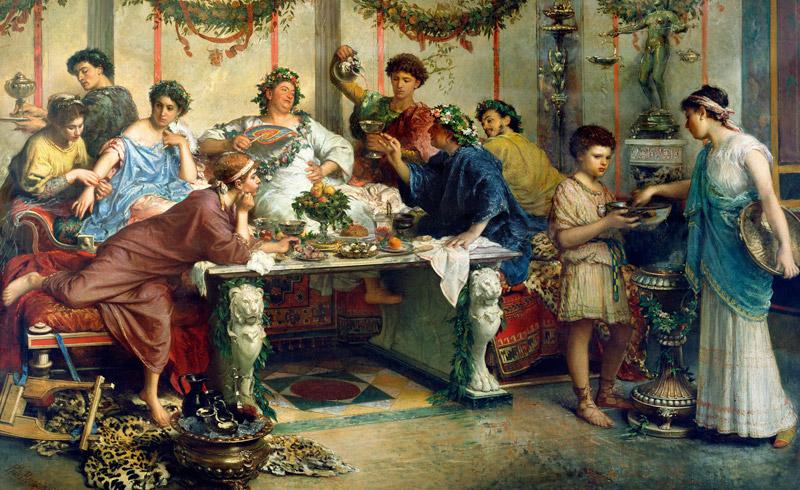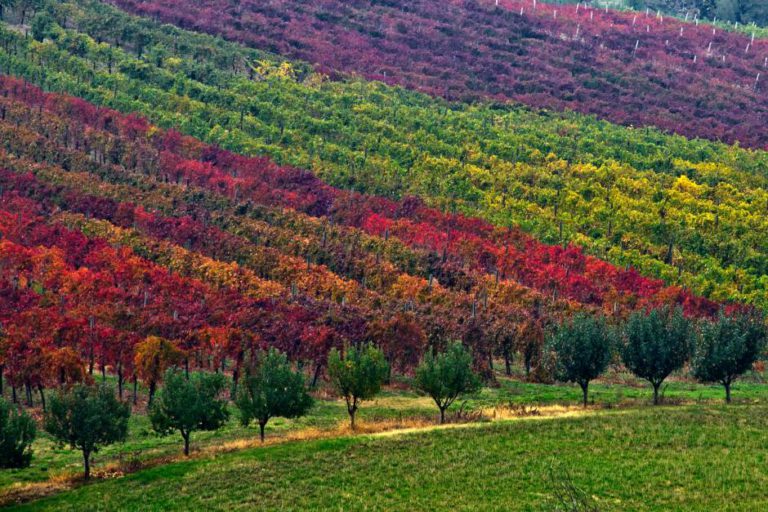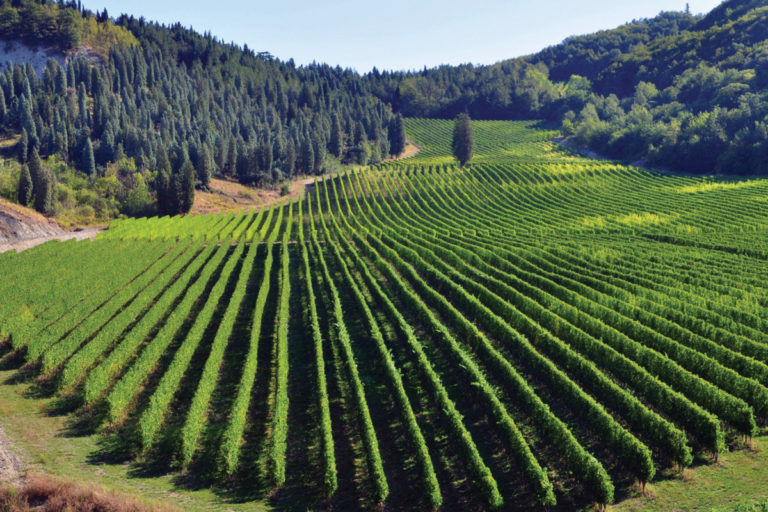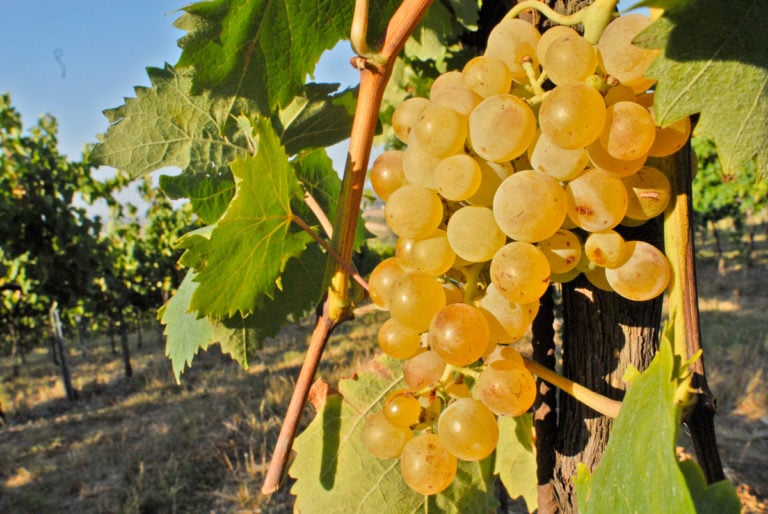Let’s go back to the beginning. The history of Lambrusco has its roots in the distant past, when man, as a nomadic hunter, found it convenient to stop in places that could guarantee him an adequate exploitation of resources thanks to agriculture and breeding.
In fact, it was at this time that the first populations began to select plants that were suitable for their sustenance and that could guarantee edible fruit throughout the year. The vine was no exception. At that time it was a wild plant that grew by climbing on other plants and was later called “Lambrusca” by the Romans, meaning wild plant.
From that time to the present day, the passion for viticulture has never ceased to fascinate Italians, giving rise to some of the best wines in the world and to some of the most important and prestigious wineries.
To retrace the history of this long journey, but above all to celebrate the king of the Emilian tables, we have decided to list the 6 most curious points in the history of Lambrusco, 6 sips of red nectar to lose yourself in, to finally rediscover all the depth and dignity of one of the oldest and most famous vines in the world.
1. The vine planted – The Gauls, the Etruscans and the wine
There is evidence from the Fontanellato and Modena areas that vines were grown as early as the Iron Age. At that time, vines were grown with the help of an external support, usually an elm, poplar or maple tree, on which the plant was allowed to climb.
It is a curious fact that the traditional method of vine-growing typical of Emilia Romagna, the Emilian vine, derives directly from this ancient cultivation method, which has survived over the millennia to the present day.
2. Lambrusca Vitis – Virgil and the Latins
The name Lambrusco probably comes from the Latin poet Virgil who, in his Quinta Bucolica, mentions a “Lambrusca Vitis”, a wild vine that produced sour fruit and grew on the edges of the countryside.
The vocation of these lands for wine production is also mentioned by Strabo in the third century A.D., who noted that there were wooden barrels bigger than houses, and by Pliny the Elder, who admired the blood-red colour of the leaves of this vine before they fall.
3. Matilde of Canossa, Sorbara and the vine
On 2 July 1084, near Sorbara (Modena), one of the most famous battles in the history of Italy – and Lambrusco – took place. On one side was the pro-papal army of Matilda of Canossa, and on the other the supporters of the Emperor Henry IV of Franconia.
Legend has it that the troops besieging the castle feasted on the good food and, above all, the good Lambrusco wine in the area, which the men of Matilde di Canossa deliberately put into their hands. Thus lulled into a deep sleep, they were taken by surprise and, unable to fight properly, were defeated.
4. “DiWine” Nectar
After the fall of the Roman Empire and the arrival of the Barbarians in Italian territory, a type of prestige vine-growing survived, mainly linked to monasteries and fortified villages. It was during this period that the cultivation of classical rows of vines, which we can still admire in our countryside today, became more widespread within walled enclosures.
Wine was indispensable for Christian worship, used by monks for medicinal purposes and appreciated by the rising courts and nobles of Italy.
Wine was exported throughout Europe, often as a gift from Italian nobles to European families. It was during this period that the wine-making techniques and production that we know today were refined, and Lambrusco in particular was appreciated throughout Europe at the time for its light and sparkling character… something that still makes us appreciate it centuries later.
5. The cork and the bottle
Technological innovations always bring about great changes, and this was also the case with the introduction of glass and cork in wine conservation. For Lambrusco, in particular, this type of innovation brought considerable advantages: the glass bottle allowed a different processing and fermentation, easier transport and better preservation of the wine’s aromas, all characteristics that give Lambrusco the typical sparkle that we still appreciate today.
6. The Italian sparkling red wine
After a journey of more than 2000 years, we are here today. The reality of Lambrusco in the Modena area changed significantly at the beginning of the 20th century with the arrival of the Cantine Sociali. The first was in Carpi, and in 1908 Modena became one of the first cities in Europe to have its own Cantina Sociale.
By 1934, Lambrusco was so well known in France, Switzerland and Germany that it was described by experts as “the best, most important and most prestigious Italian red sparkling wine”.
This was the beginning of the success story of Lambrusco dell’Emilia, which from then on was to be exported and known all over the world, and which today represents one of the most important and ancient productions of the area between Modena and Reggio Emilia.
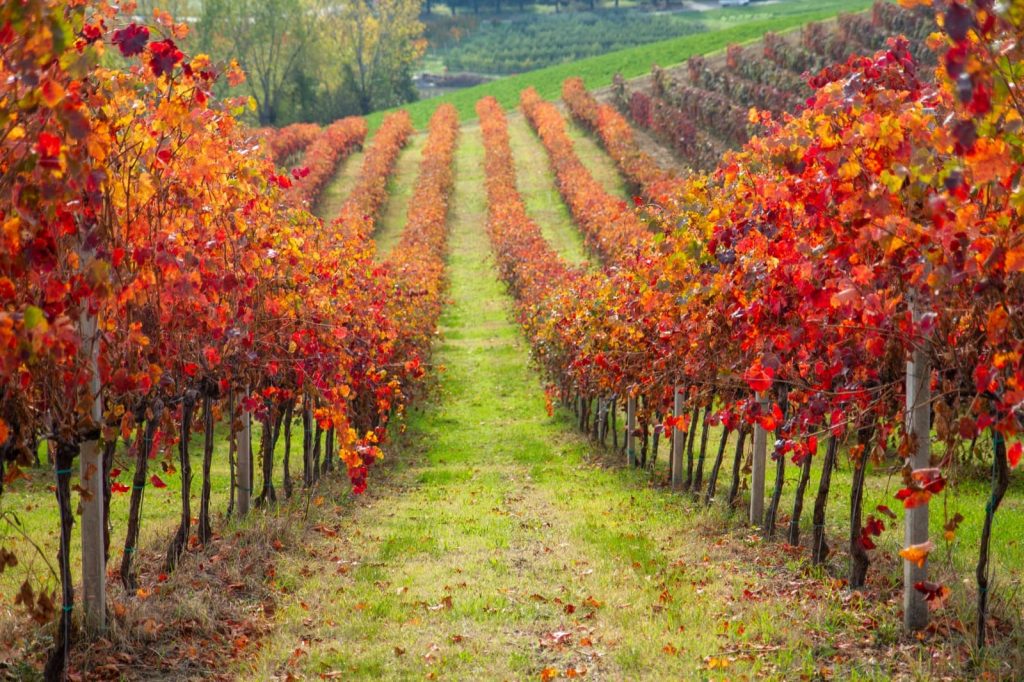
We would like to thank Guido Montaldo and his precious book ‘Il Lambrusco, vino dalle origini antiche, dal gusto moderno’ (Lambrusco, wine of ancient origins, modern taste) published by the Chamber of Commerce of Modena and Consorzio Tutela Lambrusco DOC.
Thanks also to the Lambrusco Valley website for information on the history of Lambrusco.
Author

Walter Manni
Explorer and Adventurer: loves sailing the oceans, climbing the highest mountains and surfing on the waves of the web
You may also like
The Wines of Emilia
by Walter Manni /// November 14, 2018

Interested in our newsletter?
Every first of the month, an email (in Italian) with selected contents and upcoming events.
